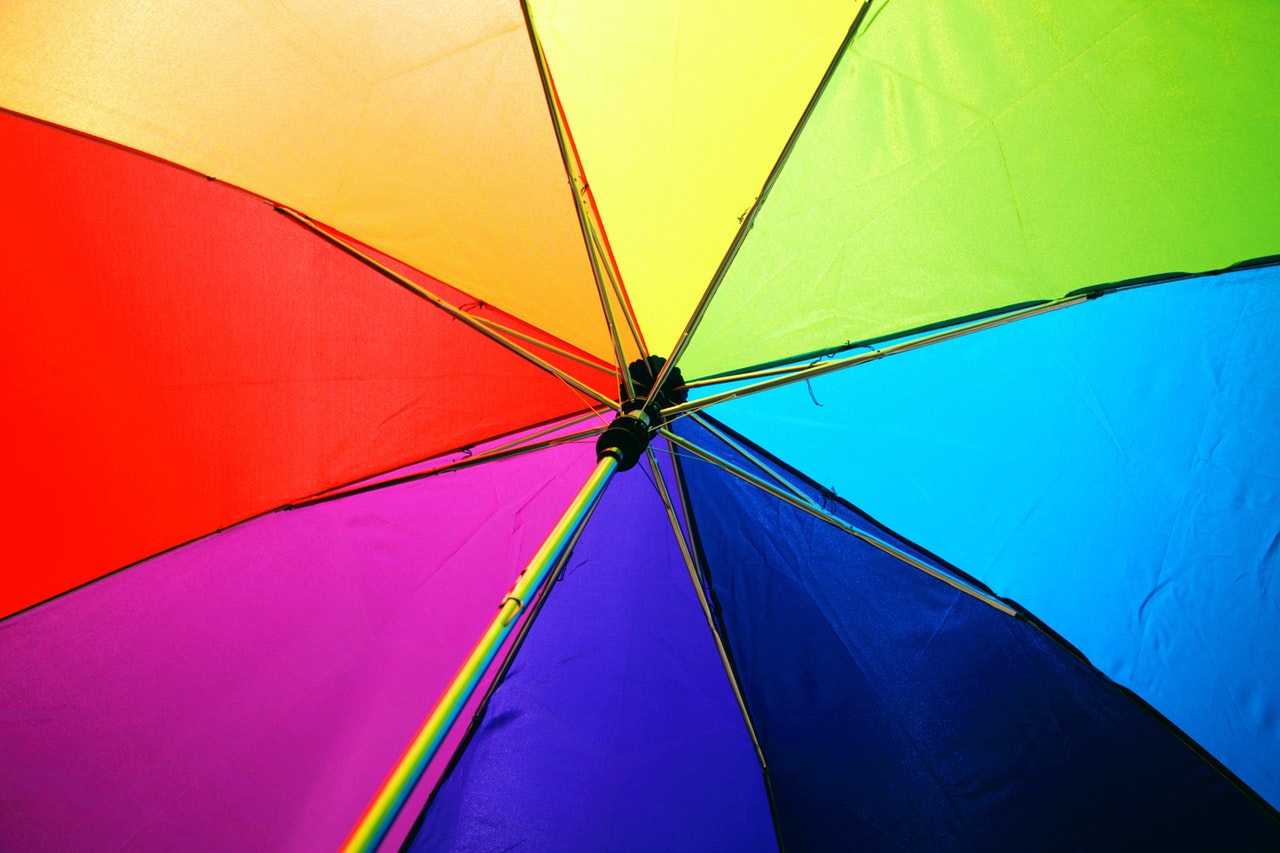Digital Photography
Color management basics for your digital photography helps you preserve the color in your pictures at each step of your picture development. Color management involves your conventional color photo that uses a standard mixture of red, green and blue and creates your color images.
Color Management
Color management allows your exact color unless your pixels are accompanied by additional color profile enhancements. The color profile that you create lets your computer know about a proper color decoding in the following way:
- Your color profile will include the specific instructions about how to apply your standard colors to your pictures.
- A picture program that does not have a particular color profile can ascribe different colors depending on the color space. Each color space can represent certain RGB or color values as a different color because a different method is applied to describe a particular hue.
- Your color program needs to be adequately programmed to assure that your final pictures will be as you plan them to be.
- Preserving a color with your color management program involves a separate file with its own embedded profile. Your color numbers can be used easily. Color can be preserved by converting to a new color space using the color numbers embedded in your profile. RGB numbers can be changed to describe the same color in a new color space.
Your Color Information Chain of Custody
Getting your color right on your computer is easy if you use a color information chain of custody and your information can be created in the following way:
- A color profile will be embedded in a color space when it is created or last edited.
- Your program that opens a file needs to know how to use a color profile to interpret your colors the right way for each pixel.
- Your image that is sent to a monitor or printer uses a computer specific color profile. A color management program can help you adjust certain shades that have become too dark or too blue.
- Your color profile is created with your digital camera and a profile is attached to it. Cameras give you a choice between sRGB and Adobe RGB. Your profile is applied to a raw file as it is opened by a converter into a file type rendering including TIFF, JPEG or PSD.
- Your scanner has an option of attaching a file when your image is scanned.
- Files that are opened in photoshop with no embedded profile will allow you to determine your best profile to use and this is embedded.
PhotoShop and Color Management
A photoshop program can set up a file correctly. You can assign a profile to your image in the following manner:
- Open your file with a profile such as SRGB.
- Try other profiles if your photos do not look right. Try several image options until you find the best match.
- Information at the bottom left of photoshop will help you understand what profile is attached to your image. Your image will be reported untagged if your photo does not have a profile.
- Remember that a raw file receives its profile once it has been opened and exported as a file rendering.
Summary
Digital photography has several options that help to make your pictures as clear and bright as you want them to be. Marvel at the effect photoshop can have on your images! Color spacing is important to select and the type of printer that you use will determine your outcome quality. Photoshop can be used to create a profile for your pictures that can help you to transport your photo information where you want it to go. Your color space and pixel choice for your pictures are important factors to consider. Color management strategies will need to be used in order to deliver your photo as a quality image. You should use sRGB on your output if you are sending photo files to someone who does not use color management. CMYK files sent out for reproduction will need to use a color space that is specified by your printer and paper.
